technologySurfing Climate Service

The Influence of Meteorology & Climatology in Surf Tourism
Climate services are ubiquitous – even if somewhat inconspicuous – in our day-to-day lives. Around the world, private, governmental, non-governmental, and academic initiatives continuously harvest data on meteorological and climatic conditions, a lot of which is translated into customised products and services that assist end-users to better assess the risks and opportunities of medium and longer term climate variability and make decisions accordingly. For the most part, this information is applied to the priority sectors identified by the Global Framework of Climate Services: agriculture and food security, health, energy, water, and disaster risk reduction. However, given the fundamental role local climatology plays in the development and effectiveness of tourism infrastructure, as well as the impacts of climate (and climate change) on tourism demand and the industry’s potential to promote a blue economy, climate services have increasingly been used by the travel sector.

“Besides being one of the world’s fastest-growing sports, surfing is an important driver for the economic development of local industry and destination tourism,” says Anna Boqué, a surfer and researcher of the Centre For Climate Change (C3) at Universitat Rovira i Virgili in Spain. “But this development needs to be planned according to the resources of a specific territory. And the best way to do this is by determining the expected surfing days and other characteristics of different surf spots, so as to understand the role of stakeholders and find a balance between the needs of local surfers and tourist surfers.”
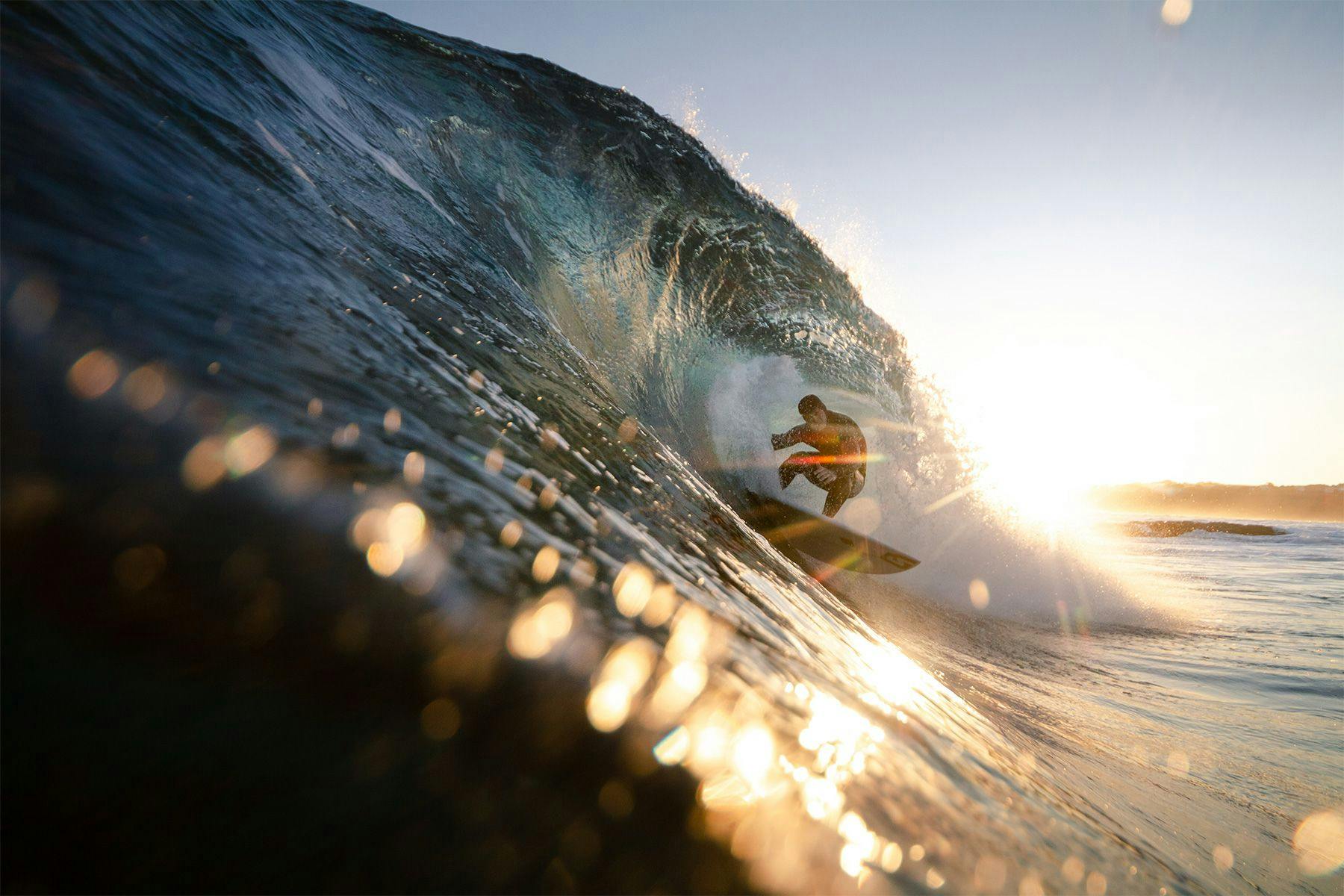
For her Ph.D. thesis, Boqué has been focusing on creating a climate service tailored to the surf tourism sector and its end-users. Her latest paper, co-authored by Enric Aguilar, sought to the determine the importance of meteorological/climatological information in decision-making processes related to surf tourism, using the Iberian Peninsula as a case study. By conducting an online survey (currently inactive – read-only) with 470 surfers and surf-related business owners, the authors hoped to gain enough insight on where people surf and how they check forecasts in order to establish the prospects for surfing climate services not only to improve surf experiences but to point out environmental issues that may negatively affect said experiences, ultimately providing a basis of the SCS design.
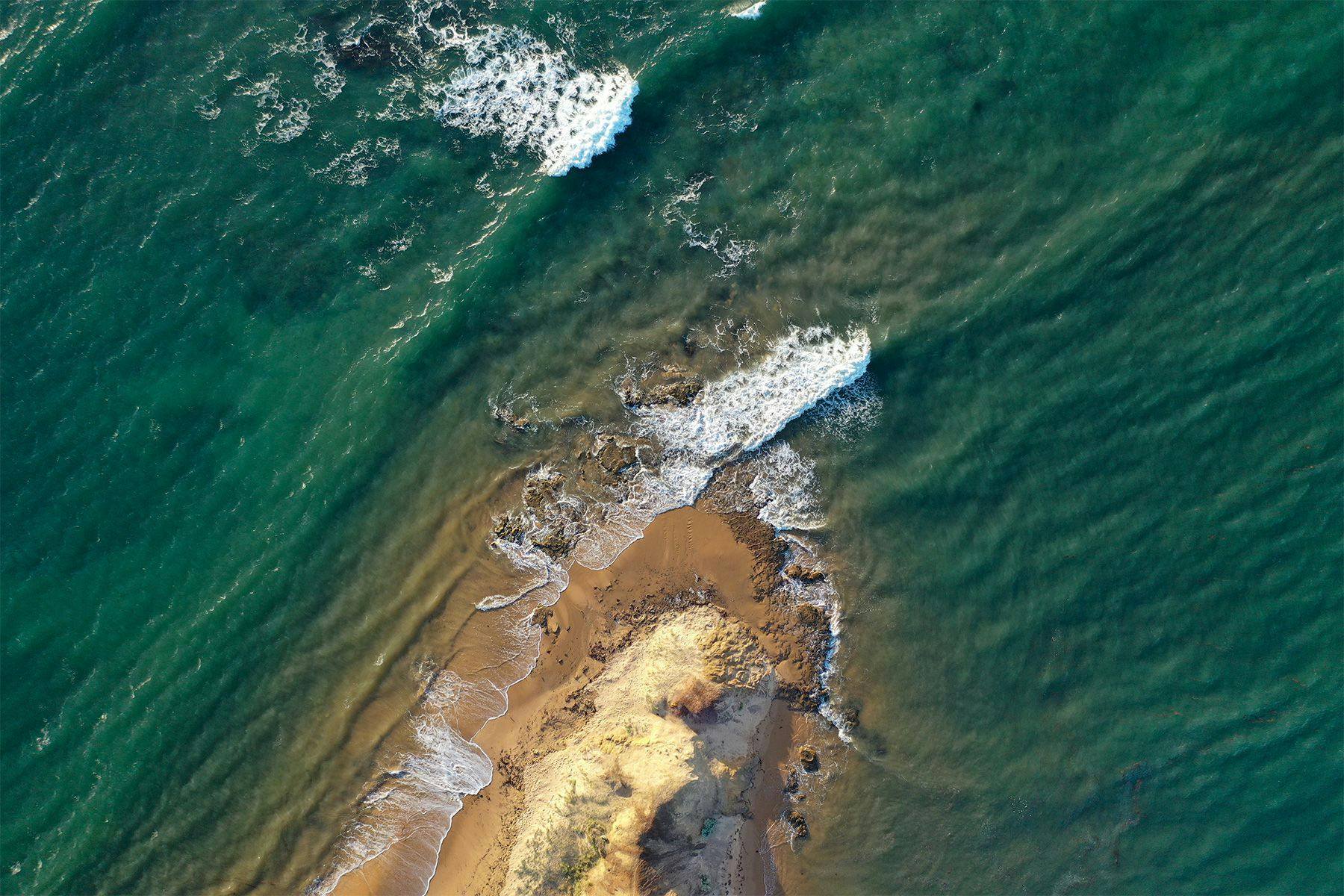
Findings showed that all respondents (84.47% always and 15.53% sometimes) seek information on sea-state conditions when deciding whether or not to go surfing, either via forecasts or nowcasts – or both – though the latter is usually chosen more as a validation. In a star scoring system to identify the preferable sources of wave forecasting, participants rated internet websites 3.98 out of 5, webcam access (3.71), information from friends/family (3.54), real-time buoys (3.30), and isobaric maps (3.03). Over 66% of respondents said to consult wave prediction either 3-1 days in advance or on the same day; less than half (45.53%) reported to check it between 4-7 days in advance; only 6.60% look up conditions two weeks in advance, and almost no one checks a month or more in advance.
As for the types of information sought in these consultations, a multiple choice question revealed that 91.91% of respondents consider wave height, 89.79% pay attention to wave period, 85.74% look at wind direction, and 79.36% factor in wind intensity. Other parameters, such as swell direction, water temperature, and tide schedule amounted to 13.19% of responses. In addition, answers indicated that surfers often check weather services to get a broader understanding of the meteorological conditions (e.g. the intensity and direction of low/high pressure systems) and how these may affect the quality of waves based on the swell forecast information. Many also turn to ocean/sea sensors as a form of nowcast to validate previously consulted data prior to making decisions.
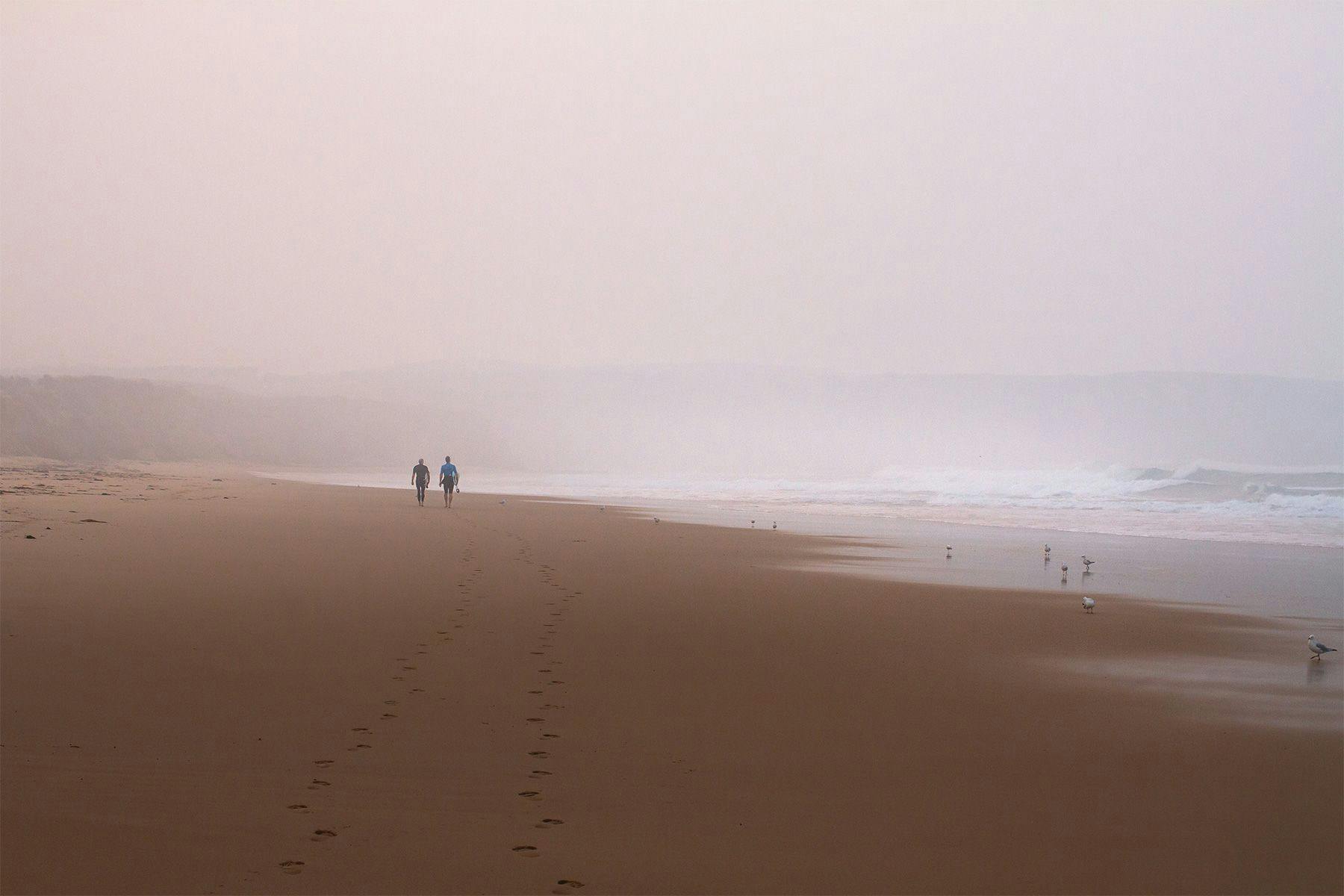
When posed with questions regarding what kind of improvements they would like to see in surf forecasts, participants emphasised three points: the need for more precise and locally-oriented forecasts; ensuring forecasts are both customisable and easy to interpret; the addition of information such as water contamination levels and sand-bank locations. Possible solutions mentioned were the management of a historical register of waves and surfing conditions to establish area-specific patterns; showing the success rate of forecasts; utilising visual descriptions and atmospheric maps; and drawing on local knowledge to specify wave type and recommended skill levels for a particular spot.

Another matter addressed within the topic of future improvements was the use of seasonal forecasts. Here, 57.66% of respondents agreed that being able to check seasonal forecasts would benefit the planning of surf trips, whereas 20.43% don’t think they would use such type of forecasting. In terms of the preferred channels for receiving seasonal forecasts, 64.47% said to prefer mobile apps, 45.11% chose websites, email newsletters (9.15%), and SMS 6.81%. When questioning surf-related businesses on the perceived value of seasonal forecasts, 50% affirmed this tool to be useful when deciding where to locate the activity, and 48.05% and 34.42% agreed that such information comes in handy when managing clients and employees, respectively.
61.11% of surfing enterprises on the Iberian Peninsula offer alternative water activities, the remaining being surf-only operations. More than half (56.34%) of all businesses confirmed their income depends on wave availability, highlighting that numbers tend to decrease either during periods with no waves or when waves are too big. Even so, 15.58% said they would not make use of seasonal forecasts, with 43.66% stating that their income is not directly related to wave quality, either because they have other activities on offer or because they see weather quality as a more determinant factor in attracting tourists. And whilst 43.42% declared that more in-depth information would stimulate them to diversify offerings, 60.13% said they wouldn’t pay for seasonal forecasting services.
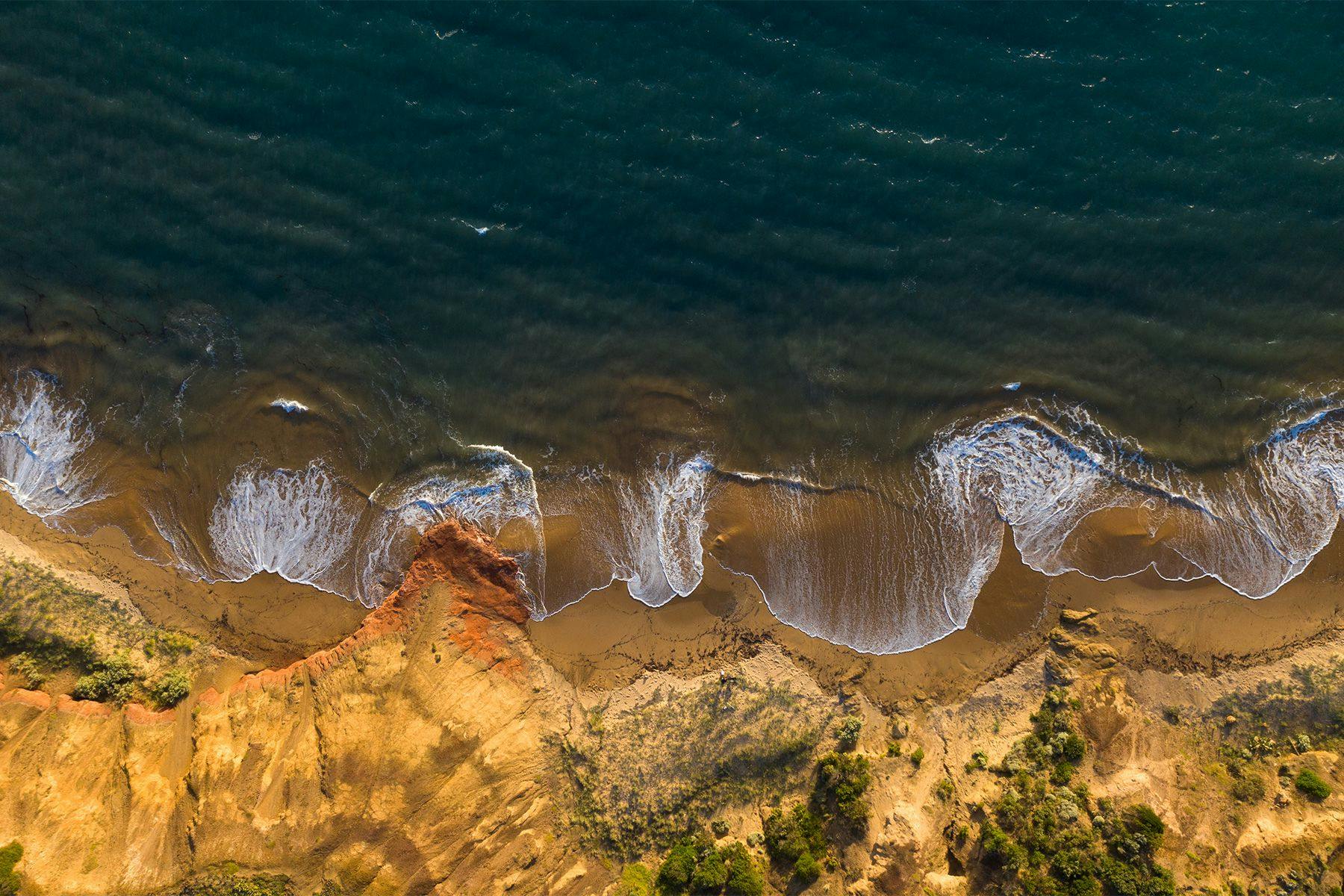
In the topic of environment, participants were initially presented with five main environmental issues, out of which they rated extreme beach erosion (48.51%) as the most impactful on their surfing experience, followed by frequency of extreme weather events (40.21%), loss of surf spots due to sea-level rise (34.26%), and changes in wave direction (27.66%). Asked to detect other theoretical environmental problems, interviewees mentioned the building of harbours and/or dikes; contamination; loss of flora and fauna; changes in climatology (ocean currents, sea temperature); tourism; and modifications of the sea floor and/or dune system. Zeroing in on their local surf spots, respondents ranked pollution (1), over-tourism (2), beach erosion, sea-level rise and dune system erosion (3), changes in surfing availability (4), and the presence of fewer tourists (5) as the major problems affecting the practice of surfing.

Results also shone a light on the correlation between usual surf spots and travel surf spots on the Iberian Peninsula. Nearly all travel surf spots are located along the Atlantic coastline, suggesting that, with regard to surf tourism, some areas are more coveted than others. In this case, the disparity in distribution of travel surf spots can be attributed to the fact that the Atlantic coast receives more consistent and powerful swells than the Mediterranean side, which corroborates what respondents stated in terms of wave availability being the most frequently used information when deciding where to surf.

The goal of surfing climate services is to give bespoke climatological/meteorological information to different agents (governments, local administrations, tourist offices, accommodation business, surf schools, tourists, local surfers and surf shops owners, etc.) that interact in a particular territory so they are able to make climate-smart decisions. At the same time, SCS aims to facilitate the mission of finding a good surf spot by having all relevant information in a single app. Survey results have, therefore, outlined the main items the SCS app prototype should contain.
After providing general demographic information on registration, users will be able to search for particular surf spots across several categories. Various models of forecast will include their success rates validated by users. Real-time nowcasts will give access to webcams and buoy data, as well as geotagged videos and/or photographs posted by those in-situ. Users’ shared surfing experiences will indicate the day, time, surf-quality rating, pollution level, crowd level, and environmental problems observed, thus becoming both a validation source for surfing forecasts and surf-wave climatology and a registry of environmental problem perception. In the surf-tourism section, seasonal forecasts will be compounded by explanations, water tourism offers, and recommendations for surf schools so as to facilitate the management of employees and clients and the planning of trips. Meanwhile, the local information section will be fed by app users and exhibit spot-oriented surfing conditions, such as swell direction, wind direction, bottom type, surf-break type, recommended level of surfing, and the best surfing season.
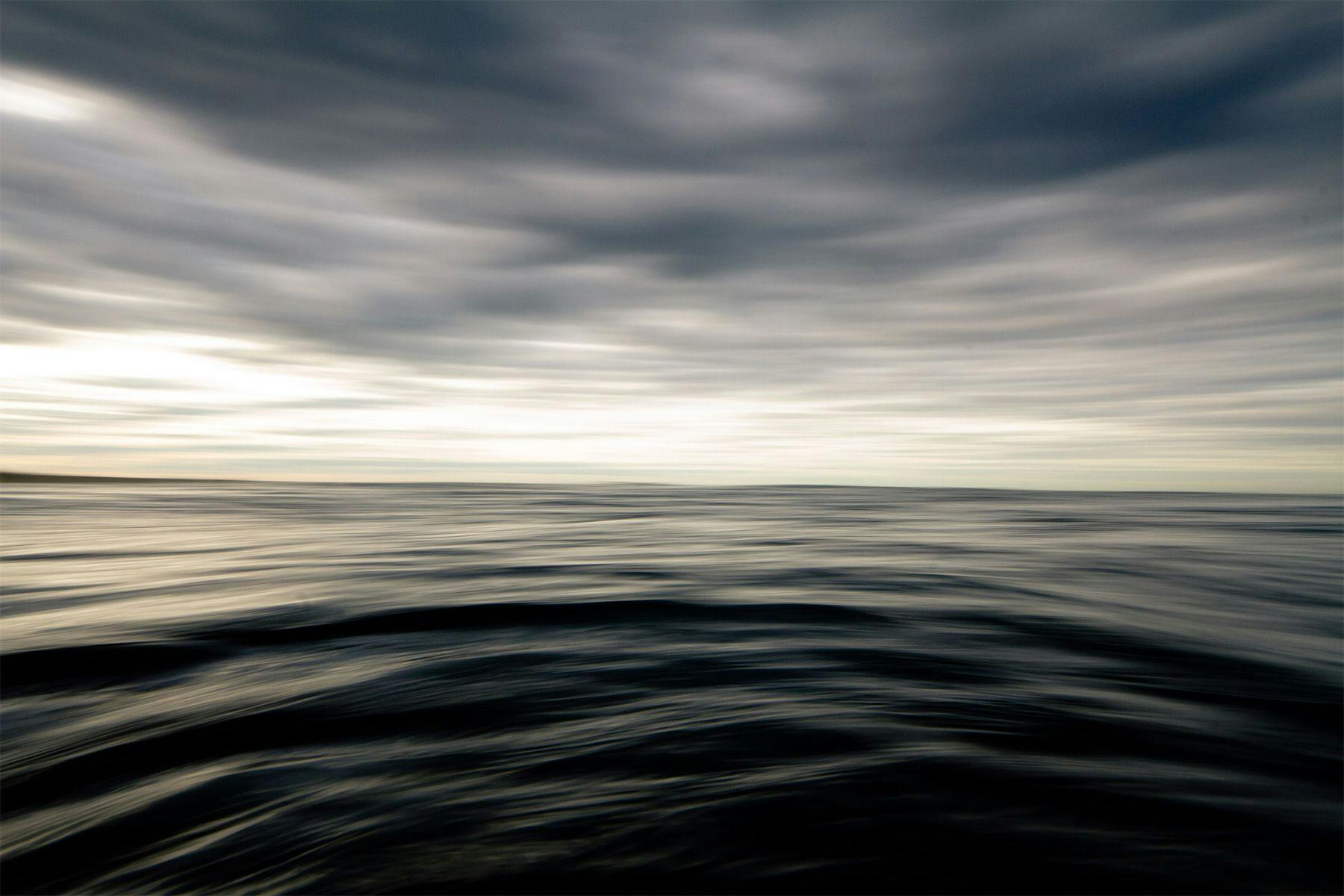
According to Boqué, although this particular research focused on the Iberian Peninsula, the methodology applied may be translated to other surfing regions by cross referring information on the natural resources of each spot with wave climatology to see what is the actual surfing potential is. That said, she points out that “the key to developing an ad hoc SCS for a specific region is to use the co-creation method, that is, knowing exactly how end-users would like to access this surfing information.”
“Our study found that through a cooperation between surfers and climatologists, it would be possible to design more precise forecasts,” explains Boqué. “The idea of SCS is to be created from bottom to top: information from surfers, residents, and tourists will bring what is requested and how policymakers should face surf destination management.”
*****
Follow Anna Boqué on Twitter to stay updated on surfing climate service research and INDECIS Project to keep abreast their latest developments in Climate Services. Those who wish to discuss the creation of SCS for a particular region can contact the Centre For Climate Change.